Skype: neodalle-travel
Tel: +86 135 7447 2266
E-mail: sales@visitaroundchina.com
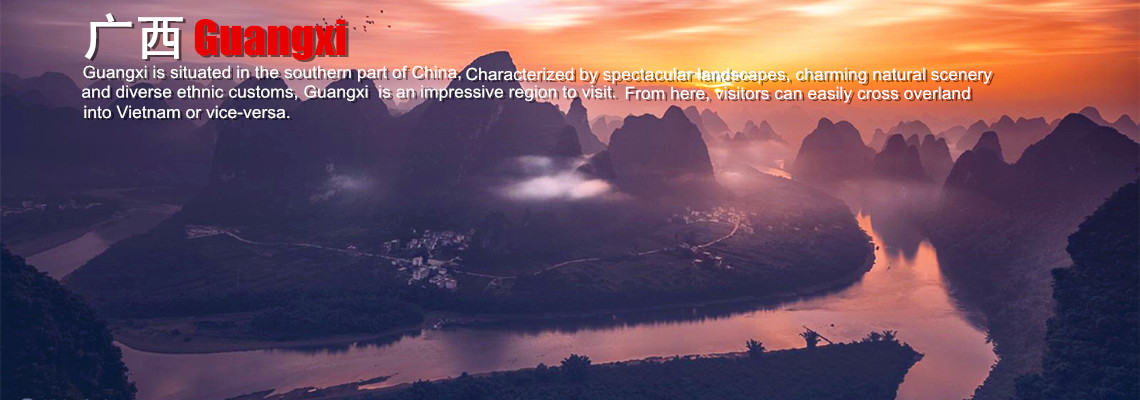
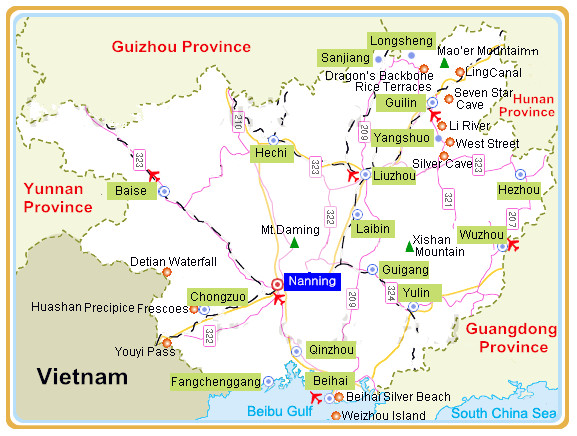 Baise City, a non-ferrous Metal Mining City bordering with Vietnam, is located in the west of Guangxi and borders Guizhou Province to the north, Yunnan Province to the west and Vietnam to the south. Due to its superior geographical location and convenient transportation, Baise has functioned as a major channel for Southwest China to go out of the sea and an important bridge for communication and trade between Guangxi and ASEAN countries.
Baise City, a non-ferrous Metal Mining City bordering with Vietnam, is located in the west of Guangxi and borders Guizhou Province to the north, Yunnan Province to the west and Vietnam to the south. Due to its superior geographical location and convenient transportation, Baise has functioned as a major channel for Southwest China to go out of the sea and an important bridge for communication and trade between Guangxi and ASEAN countries.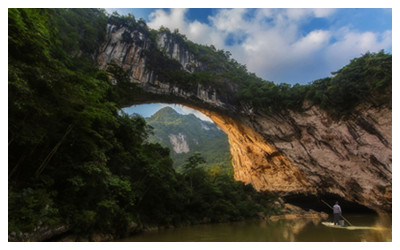 |
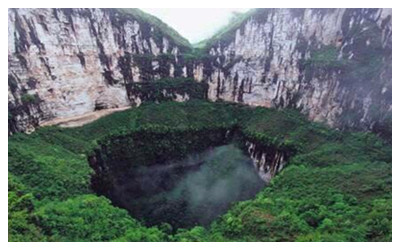 |
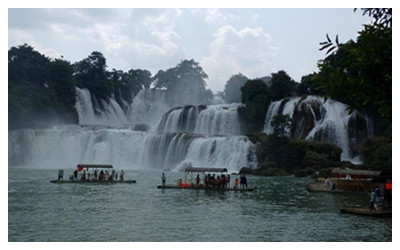 |
| Buliu River Scenic Spot | Dashiwei Tiankeng Scenic Area | Tongling Grand Canyon Scenic Area |
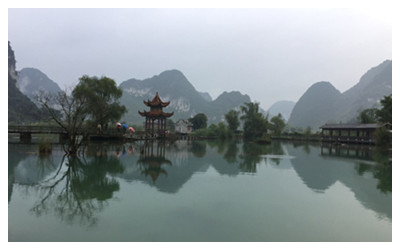 |
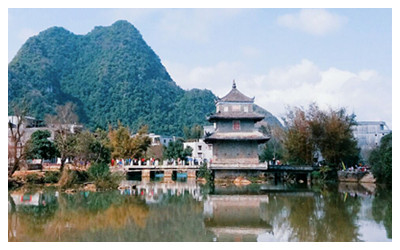 |
 |
| E'quan Lake | Jiuzhou Old Street | Eastern Guangdong Hall |
When to visit Baise?
The climate of Baise is a subtropical monsoon climate, with abundant light and heat, rain and heat in the same season. Summer is not too hot because of abundant rain while winter is not too cold because of less snow. The annual average temperature is 19.0 ° C to 22.1 ° C, the maximum temperature is 36.0 ° C-42.5 ° C, the minimum temperature is -2.0 ° C-5.3 ° C, the annual average sunshine is 1906.6 hours, the annual average rainfall is 1114.9 mm, and the frost-free period is 357 days.
The moderate temperature and pleasant climate make Baise enjoyable to visit there at any time of a year.
How to get to Baise?
Baise Bama Airport (AEB) is 38 kilometers from the urban city. It starts to operate in 2006 and has direct airlines to Guilin, Guangzhou and Kunming. Nankun Railway (Nanning to Kunming) goes across five counties of the city. National highways and other provincial highways connect the urban area together with all counties. At the end of 2007, highways reaching this city from Nanning has been put into operation, which makes it more convenient and fast to go between the two cities than traveling by train.
Baise Travel Tips
Baise is also one of the top ten non-ferrous metal mining areas in China, among which the proven reserves of bauxite are 780 million tons, accounting for about a quarter of the country's total. In addition, the Youjiang River valley basin in this city, one of the three dominant subtropical regions, produces high quality fruit and tobacco sold all over the country.
Special Local Products: embroidery ball, Phoenix Light of Zhuang ethnic minority group; Mango in Youjiang river valley, hawthorn in Jingxi County, fennel in Debao County, pekoe in Lingyun County
Baise Red-Tourism: has not only beautiful scenery, but also profound revolutionary history. As the spot of Deng Xiaoping's Baise Rebellion and Youjiang Revolutionary Base, it is one of the 12 red tourism (revolutionary tourism) spots in China. In addition, it is the place where many ethnic minority groups live together, whose colorful cultures add much interest to the charm of the city.
 Ask Questions ?
Ask Questions ?